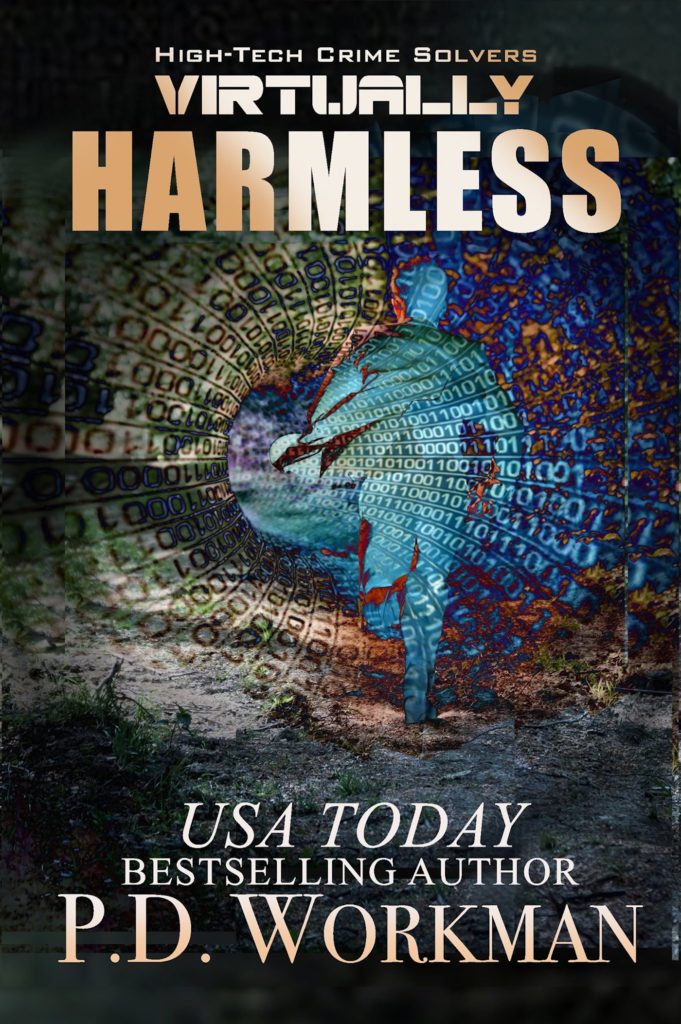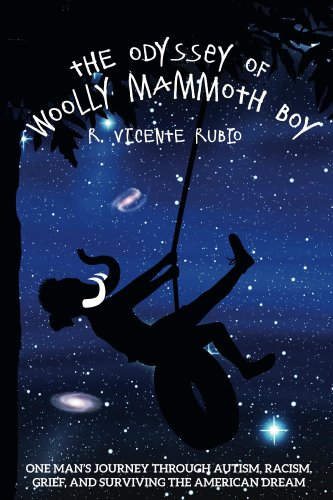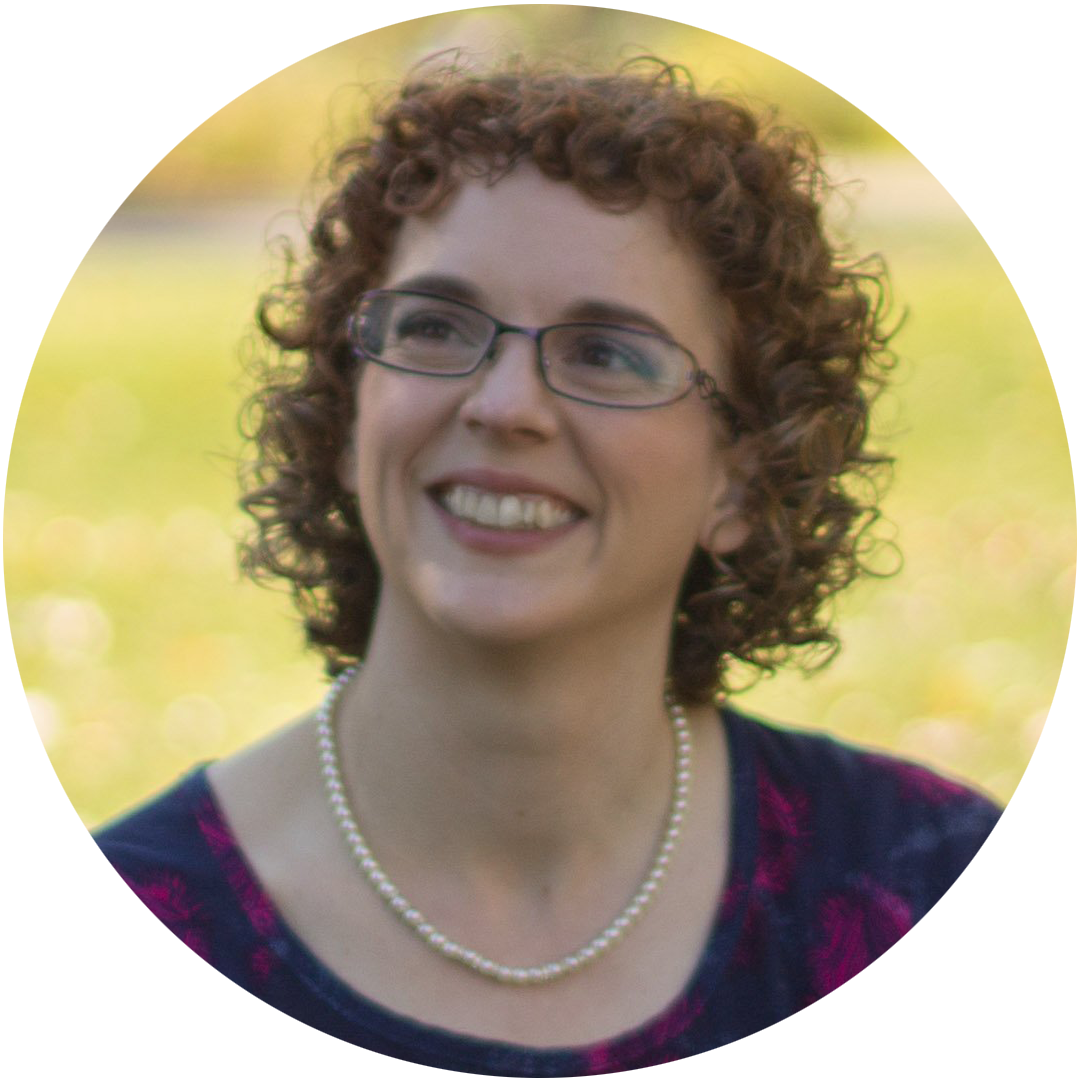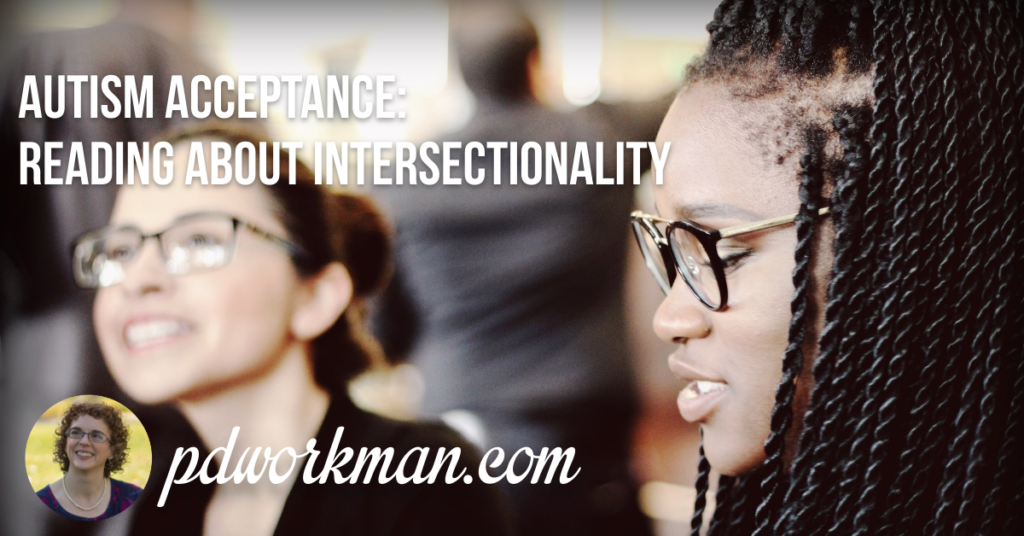
I have been writing about autism awareness and acceptance on my blog for a few years now. You can find some of my previous blogs…
- Autism Awareness During Crisis
- Autism Acceptance Month
- Starting with Autism Awareness
- The International Day of the Stim
- Excerpt from Neurotribes
I was asking an Autistic friend for his thoughts on topics of importance to Autists in 2021, and his suggestion was to look at intersectionality. So now I have about thirty tabs open as I have been researching and digging up some resources for you. I hope you’re ready for this!
What is intersectionality?
In intersectionality, someone who is part of two minorities or lower in two (or more) power hierarchies finds that they are discriminated against for more than just A or B, but AB. For example, a black woman is discriminated against in more and different ways than a white woman or a black man.
Intersectionality is a term coined by law professor Kimberlé Crenshaw to explain how several identities can compound each other and create a new kind of oppression.
As a mixed race woman with autism, I have three identities that give me unique lived experience that a white man with autism would not have. I experience disadvantage on account of my gender, neurodiversity, and race. Crenshaw helps to explain this by discussing the concept of “injustice squared” . What is meant by this is that I go through something different by having a three-part identity. For many marginalised people who have multiple difficulties, intersectionality is a really useful way to describe how different parts of you can be discriminated against at one time. I have often felt like I could only experience racism or sexism, but once I realised I could experience racism and sexism simultaneously (sometimes understood as “misogynoir”), I had a better understanding of my own marginalisation.
Autism brought something new into the mix. As something I only learnt about after a challenging adolescence, I spent a lot of time looking back on injustice and inaccessible spaces that didn’t accommodate my needs or the needs of other neurodiverse people. My childhood involved years of sensory overload and unexplained meltdowns, the day-to-day triggers often being found in shared spaces like school, shops, and the dinner table.
Mette, I’m an autistic, mixed race woman – let’s discuss intersectionality
Autistic individuals are discriminated against in more/different ways if they are also women, POC, LGBT, have cognitive disabilities, physical disabilities, etc. Historically, neurodiverse women have frequently not been recognized as being autistic and have not been studied to the same extent as male autists. Similarly, the diagnosis rate of autism among POC is much lower than among whites, and people are often surprised to find that non-whites can also be autistic. In a world where people think of Autistic individuals as being nonsexual beings, it can be a shock for family members and friends to realize that their loved one is also gay, transgender, or has another identity or attraction. Many Autistics do identify as trans or nonbinary, gay, queer, etc.
So what is it like at the autism intersection?
Happily, there are many Autistic bloggers who are willing to share with us what that is like, so we don’t have to guess:
- At the intersection of Neurodivergent and LGBTQ
- Angela Weddle discusses the issues of being black and autistic
- Mabz Beet talks about the similarity in the autism and transgender communities
- I’m an autistic, mixed race woman – let’s discuss intersectionality
- Understanding the Challenges and Opportunities Facing Students on the Autism Spectrum at UCLA : The Intersection of Autism, Ethnicity/Race, Gender, and Sexual Orientation
- Being autistic, black and femme highlights the experience of living intersectionally
I am still a Black, Indigenous, Afro-Latinx, femme-presenting, Queer, multiplicitous, chronically disabled, diagnosed with Western medicine’s constructs of mental illness, 32 years old, on SSDI, married, graduate student with a Master’s degree I am in a lifetime of debt over, with a Gandalf-esque stick — and the stigmas and biases that come with all of those identities and intersections still [pervade] even the most “progressive” and “diverse” collectives.
ChrisTiana ObeySumner, Being autistic, black and femme highlights the experience of living intersectionally
On to the books…
It’s a book blog, so you knew that was coming! Check out these great reads, many of which were written by Autistic authors. You can find these books on this Goodreads list and add more of your own.
Autistic and LGBT
• The Autistic Trans Guide to Life eBook #ownvoices
• Trans and Autistic #ownvoices
• Spectrums #ownvoices
• Supporting Transgender Autistic Youth and Adults
• Cosplay Killer (fiction)
• Dare Vs the Doll (fiction) #ownvoices
•Queerly Autistic: The Ultimate Guide for Lgbtqia+ Teens on the Spectrum #ownvoices
• Coming Out, Again: Transition Stories #ownvoices
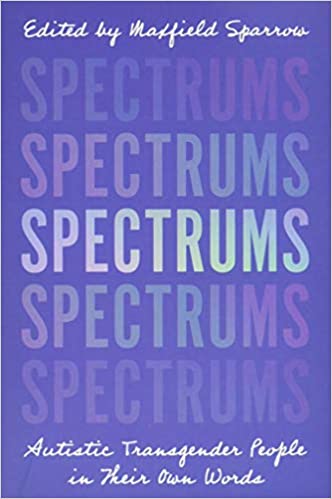
Autistic and Female
• Autism in Heels: The Untold Story of a Female Life on the Spectrum #ownvoices
• Thinking in Pictures, Expanded Edition: My Life with Autism #ownvoices
• Women from Another Planet?: Our Lives in the Universe of Autism #ownvoices
• Spectrum Women—Autism and Parenting #ownvoices
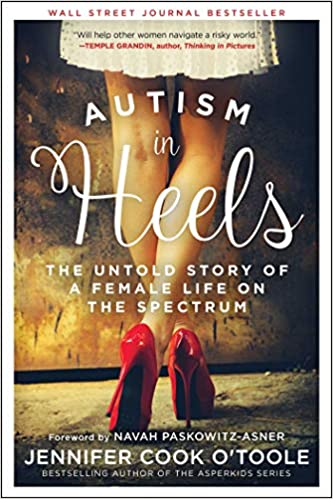
And my books…
Medical Kidnap Series
Mito, the first book in the Medical Kidnap Series includes a minor character who is Autistic and trans. The series focuses on a number of other areas of intersectionality as well — underage characters with physical disabilities who are Black, Hispanic, homeless, in foster care, etc. In Toxo, one of the main characters is Autistic and deaf.
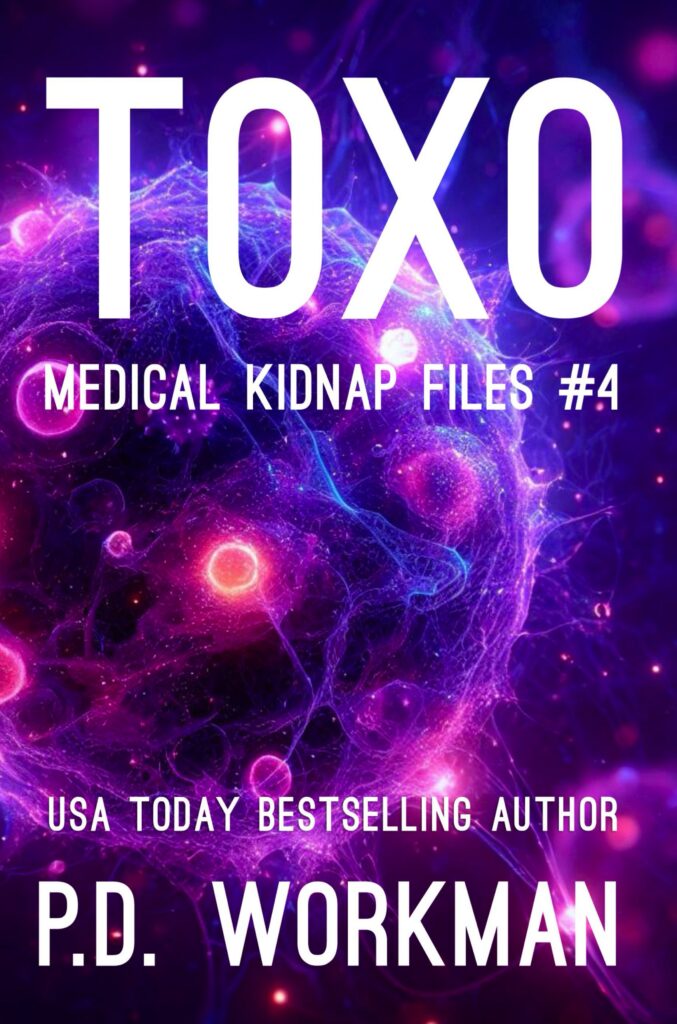
His Hands Were Quiet
The Zachary Goldman Mysteries deal a lot with mental health issues in all different circumstances and with different intersectionalities. His Hands Were Quiet deals with Autistic children who have been institutionalized, including one Black Autistic young woman who is trafficked.
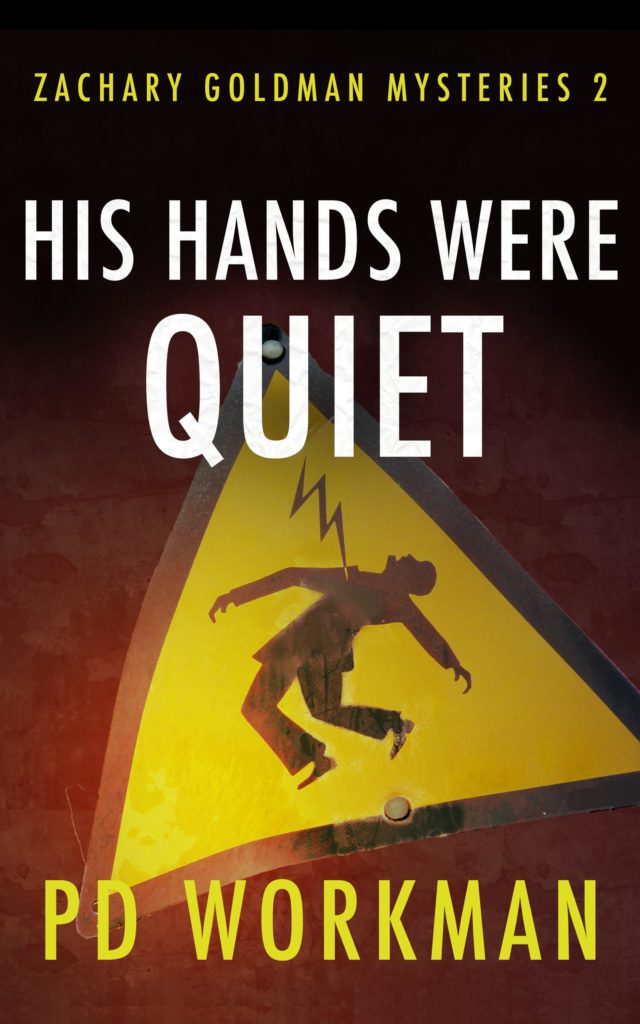
Virtually Harmless
Micah, the protagonist in Virtually Harmless is not explicitly labeled as Autistic or asexual/aromantic, but the clues are there if you are looking for them. She has a number of autistic traits and feels very alien in her family and lab. Micah is also revealed (minor spoiler…) as being having a DSD (intersex disorder.)
